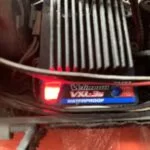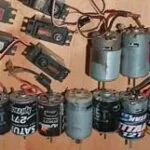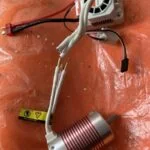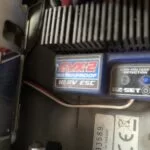Can you run a 3S motor on 4S Battery (Short&Easy Guide)

If you’re building your RC for the first time or want to upgrade your RC vehicle to offer more power and speed, deciding what battery setup you need might be difficult. However, you’ll need to consider the watts, voltage and run time of your battery and how compatible the battery and motor are.
It’s possible to run a 3S motor on a 4S battery.
However, you may need to consider upgrading the stock ESC and motor because using these electrical components may burn your RC vehicle. You also need to consider the watts, wind (KV) and voltage the motor can handle.
In this post, we look at how possible it is to run a 3S motor on a 4S LiPo battery to help you choose what’s best for your RC vehicle.
What happens if you run a 3s motor on 4S?
Understand that RC vehicles are designed to run at specific battery voltage, and while it is possible to run a 3S motor on a 4S battery, it’s never advisable.
If you take this chance and run with a stock ESC, the ESC may go into HVC (high Voltage Cut) when you start the RC vehicle. But if you have a higher-end ESC, it will protect your motor from the high voltage inputs. On the other hand, if the motor is not rated for 4S batteries, the voltage will make it smoke. The motor might not even survive plugging in, so you want to avoid plugging a speed control rated for 3S into a 4S battery.
So, if you’re wondering what would happen when you use a 3S motor on a 4S, the simple answer is that as long as your ESC can handle the extra load, you will have nothing to worry about.
In some cases, you will notice that the ESC power up with great steering but no throttle. Other times, when the wattage factor increases, it may endanger your ESC which may go into high voltage cut and eventually fail.
Do you need to change your ESC to run on 4s?
If you want to run your 3S ESC on a 4S battery, you will need a larger ESC that can handle the power of a 4S battery. In essence, your ESC has to be rated for the voltage you plan to use.
Most ESCs are compatible with any battery as long as they have a maximum voltage input. But in most cases, if you use a stock ESC, it won’t accept a 4S battery because a 3S rated ESC cannot operate safely on anything over 11.1v as it’ll go into high voltage cut and damage.
For instance, if you have a 3200kv motor, you know how fast and highly reliable they are. Yet, they won’t last as long on 4S, especially when you plan to use them for longer runs. A motor like this would be fine for short, speed runs but will burn out quickly when used for longer runs.
Extra read: What ESC Can Handle 3S
Why you should consider “watts” when running a 3s motor on a 4s battery
You can run your 3S motor on a 4S battery if you understand the watts capacity the motor can handle safely and not exceed its rating.
Many manufacturers do not rate their RC vehicles by their Watt capacity but rather with a KV. This factor may confuse many hobbyists and make them exceed the power ratings, which will cause the motor to heat and eventually smoke.
Understand that the KV and amps are only part of the equation. According to Ohm’s law, the more volts you run, the less amps you need to reach the same watts. Hence, you need to think more in terms of power or watts, which Ohm’s defines as
Watts = Volts x Amps
In short, you need to consider Watts when running a 3S motor on a 4S battery because it tells you the estimated power levels your motor can handle. Most ESCs come with a burst rating which can support higher power draw usually traded between Volts and Amps. However, if you exceed the burst ratings for too long, you risk damaging the electronics. If Your RC vehicle does not come with a Watt ratting, the best way to observe this is to limit the throttle by using a Watt meter to test this and avoid smoking the motor.
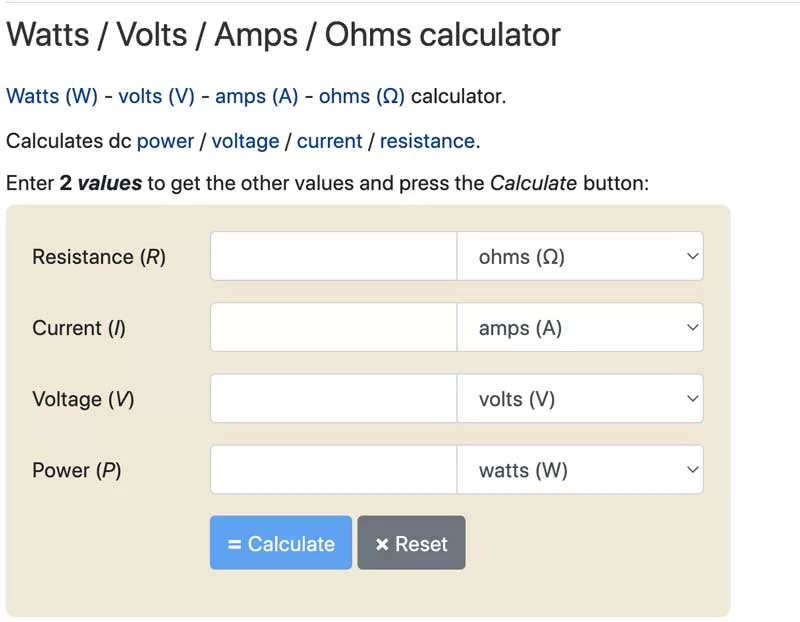

3s motor and 4s battery explained
3S motor means that the motor can easily handle a system made up of 3-cells in series at 11.1 volts. Hence, it tells how much voltage or C-rating the motor can deliver and operate at a time.
On the other hand, a 4S battery comes with four cells that can produce high voltages due to their high number of voltage regulators. However, they produce low currents.
For instance, if you have a 300-watt motor, a 3S battery will consume only 27amps while the 4s will consume about 20.3 amps current. The good news is that when you convert them back to watts, they generate the same power output. In short, a 4S Lipo battery has a voltage between 14.4 to 14.4v and has about 81A continuous and 169A burst.
Summing Up
RC vehicles are engineered to run at a specific battery voltage. If your RC car comes with a 3S motor, you want to use a 3S battery. A 3S motor can also handle a 4S battery, but you need to consider using a high-end ESC to ensure your RC does not smoke. You also need to consider the watts ratings your 3S motor can handle because your 4S LiPo battery has a burst rating that supports higher power draw. If you exceed the burst ratings, you risk damage to your RC car.

